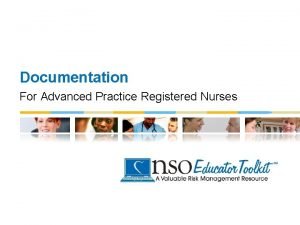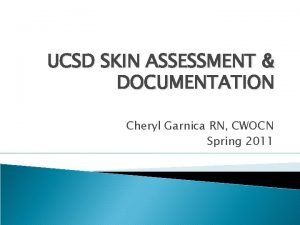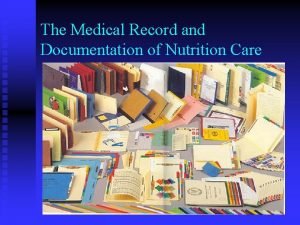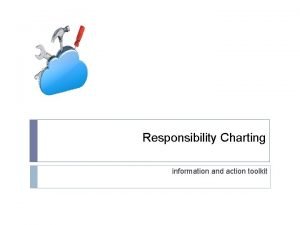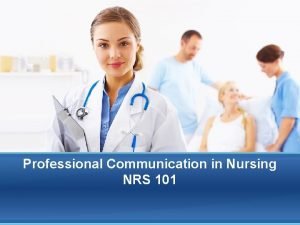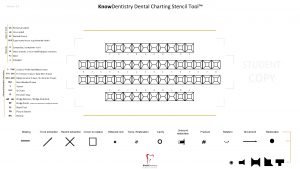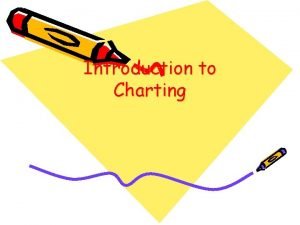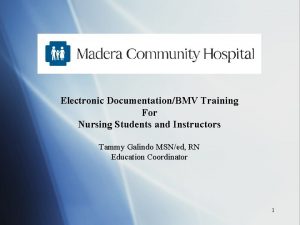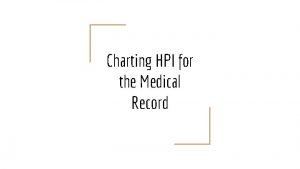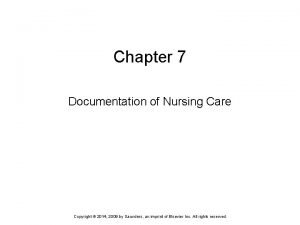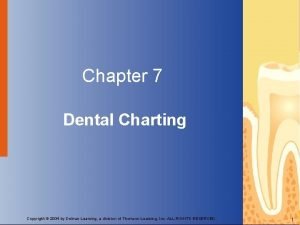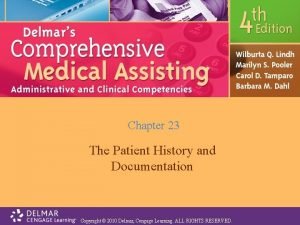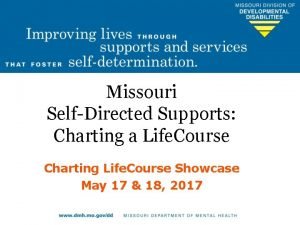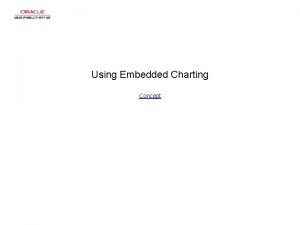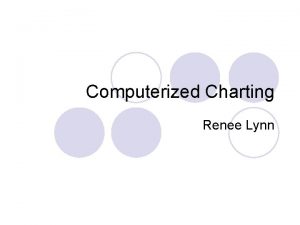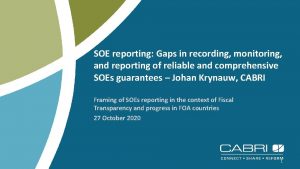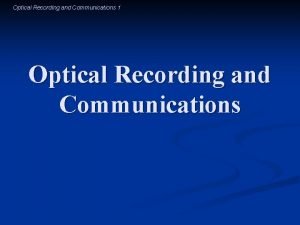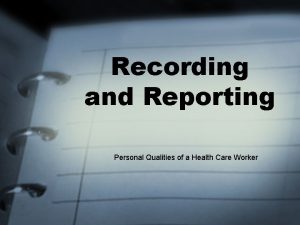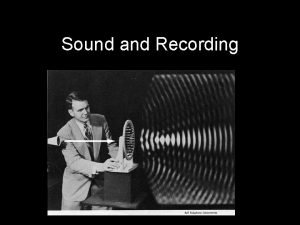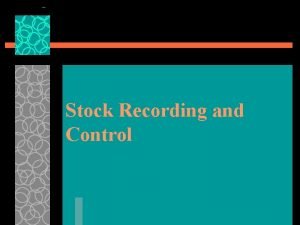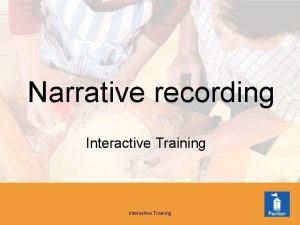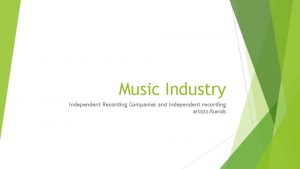Charting Recording and Reporting Recording and Reporting Health















- Slides: 15

Charting Recording and Reporting

Recording and Reporting • Health care workers must listen carefully AND make observations They use their senses to make certain observations about their patient and report them.

Use your senses to • See – Color of skin, swelling, edema – Presence of rash or sore – Color of urine or stool – Amount of food eaten • Smell – Body odor – Unusual odors of breath, wounds, urine or stool

Use your senses • Touch – – Pulse Dryness or temp of skin Perspiration swelling • Hearing – – Respirations Abnormal body sounds Coughs speech

Charting and Reporting • Observations should be reported accurately – use facts and report what you say, not the reasons. • NOT – Mr. Ruiz is in pain • INSTEAD – Mr. Ruiz is moaning and holding his left side. • Observations on a patient’s health record should be accurate, concise, and complete.

Charting • Objective observations – what was seen. • DO NOT record what you feel or think. • If a patient’s statement is recorded, use the pt’s own words and quotation marks. • Sign entries with name and title of the person recording information. • Cross out errors neatly with a straight line, write “error” and initial error.

Subjective Data • • What you think or feel. May or may not be accurate. Based on assumptions. Not advisable to use on medical charts.

Subjective (continued) • Example: Ms. Jones is visiting with family and laughing. She is not in pain right now.

Subjective example……. • Ms. Smith has a bad headache.

Objective Data • What is actually seen. • Only facts documented • Best way to document on medical record.

Example • Ms. Jones is sitting on couch with family and friends surrounding her, smiling and looking at camera.

Example • Ms. Smith has her eyes closed and is holding her forehead with both hands.

Record your observations

Record Your Observation

• Record your observations
 Maintenance of records and reports in obg
Maintenance of records and reports in obg Charting by exception pros and cons
Charting by exception pros and cons Beowulf the epic hero cycle charting and analysis
Beowulf the epic hero cycle charting and analysis Skin turgor assessment charting
Skin turgor assessment charting Adime charting
Adime charting Raci training
Raci training Responsibility charting
Responsibility charting Nurses note example
Nurses note example Dental charting
Dental charting Class v facial composite charting
Class v facial composite charting Meditech charting
Meditech charting Hpi medical chart
Hpi medical chart Pie nursing charting
Pie nursing charting Dental charting tooth surfaces
Dental charting tooth surfaces Soaper charting method
Soaper charting method Adl coding for cnas
Adl coding for cnas

